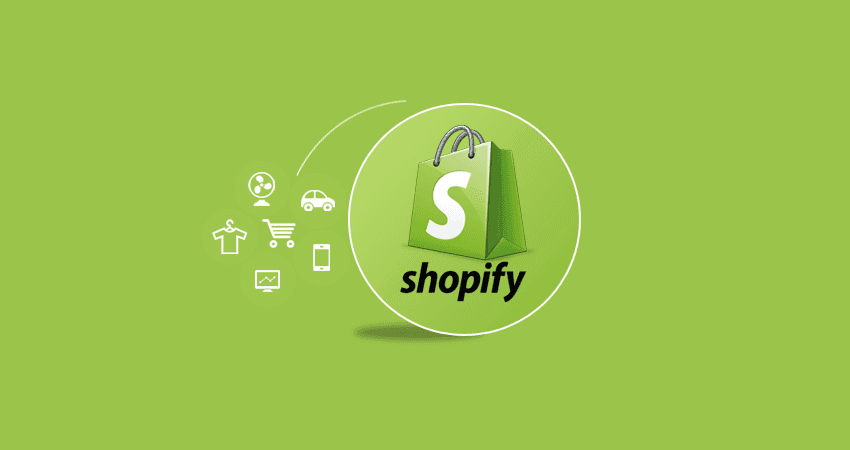For your online store to be fully optimized and, as a result, to have high conversions, you need to approach the process of migration to Shopify more seriously and think through everything to the smallest detail to avoid mistakes that will lead to a waste of time and money. Depending on the settings of your store, there will be appropriate steps to transfer it. To make the process successful, follow the instructions listed below.
Table of Contents
How to Get Started with Store Migration?
8 steps to easily switch to Shopify and transfer important data, products, customers, orders, and more from another platform.
Step 1: Configure Basic Administrative Settings
Before starting the migration Shopify, you need to make some administrative settings:
- Be sure to check your store address and other important settings in your settings to ensure everything is up to date.
- Learn how to manage your account and access your payment information.
- Add admins/staff so that each of your employees has a personal login and all sensitive information stays safe.
Step 2: Import your Store Data and Content Into Shopify
When you switch to Shopify, you need to migrate content such as your products, blog, and your customer data, such as transactions, from the old platform. Migrating this data can take some time, so evaluate your existing data and decide exactly what needs to be migrated. List the types of data you had on your old platform. Examples of the types of data you can transfer: are products, customers, pre-orders, gift cards, certificates, discount codes, blogs, and pages (shipping policies, contacts, and other web pages). After you have decided on the data to be transferred, you need to choose how you will transfer this data and in what order.
Here are some options you can use to transfer data:
- Make a copy from the old site and paste it on the new one.
- Use existing Shopify 2.0 store migration programs
- Build (or hire a developer) an application that uses the Admin API.
- The option to manually transfer files using CSV files will allow you to transfer only customers and products, not passwords and customer accounts.
The selected parameters to move depending on the volume of resources. If you need to migrate a lot of content, you will most likely need to use a migration application.
Step 3: Organize Your Items After Migration
Don’t ignore the order in which you import product, customer, and previous order data.
It is important to observe the import in the following sequence:
- Goods.
- Customers.
- Order.
If you follow this procedure, you will immediately have access to Shopify’s complete transaction history of your customers. Transferred orders will also be linked to the respective products and customers.
Step 4: Verify that All Your Product Information Has Been Imported Correctly
To test your products after moving to Shopify 2.0:
- Check your product descriptions, images, and meta tag options.
- Create collections to organize your products by category and make it easier for customers to find them.
- You can add additional menus and create links to collections on the “storefront”.
- There are apps for inventory that you can find in the Shopify App.
Step 5: Setting Up a Domain on Shopify 2.0: For an Online Store

When migrating your store to Shopify 2.0, you can either purchase a new domain or transfer the domain associated with your existing store to your new Shopify account. Also, change the subject. If you have any difficulties, you can always contact specialists by following the link:https://www.makebecool.com/services/shopify-theme-development.
Step 6: Set Up Shipping
Step 7: Place a Few Test Orders
Step 8: Invite Your Customers to Create Accounts on Your New Shopify 2.0 Online Store
After you’ve migrated your customer data and launched your store on Shopify 2.0, you can invite your customers to create new accounts here. If you have a lot of customers, you can use a handy app from the Shopify App Store to send invitations. With the Shopify Plus plan, you can use the Shopify Bulk Account Inviter.
What to Consider When Migrating to Shopify 2.0?
There are some considerations you should be aware of when you migrate your store to Shopify:
- URL Redirect.
- Customer passwords.
- Publications and blog articles.
Considering statistics, compared to global e-commerce markets, online sales on Shopify grew by 50% in 2019.
Conclusion
In this article, we’ve broken down your Shopify migration and outlined the steps on how to do it. Shopify is the most dynamic market consisting of independent stores (each one works as a separate site). It is ideal for entrepreneurs who want to open their online store quickly and without significant costs. In addition, using Shopify gives you access to many of Shopify’s apps and builds a marketing-advanced custom site.










